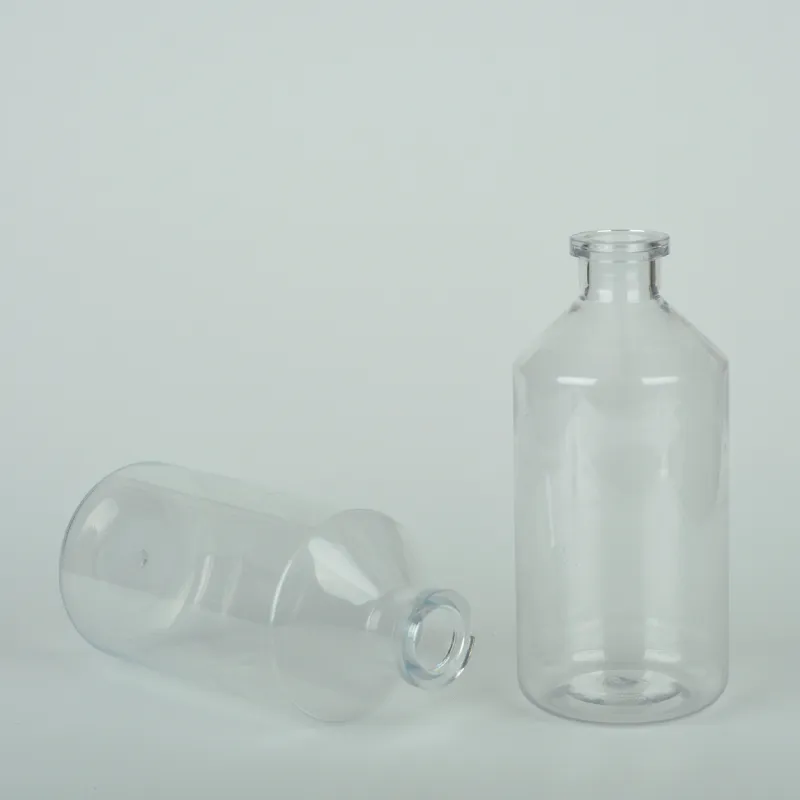cost of spray bottle
Understanding the Cost of Spray Bottles A Comprehensive Overview
Spray bottles are ubiquitous in both domestic and industrial settings. From household cleaners to gardening supplies, these versatile tools have found their niche in various applications. However, one often overlooked aspect is the cost associated with spray bottles, which can vary widely based on several factors. In this article, we will explore the different elements that contribute to the cost of spray bottles and how consumers and businesses can make informed decisions.
Types of Spray Bottles
The cost of spray bottles can differ significantly depending on the type and material chosen. Generally, spray bottles can be categorized into plastic, glass, and metal options
1. Plastic Spray Bottles These are the most common and typically the most affordable. Made from polyethylene or polypropylene, they are lightweight, durable, and resistant to many solvents. Prices can range from $1 to $5, making them suitable for personal use and small businesses.
2. Glass Spray Bottles These tend to be more expensive due to the material and added benefits like chemical resistance and eco-friendliness. Glass bottles typically range from $3 to $15. They are a popular choice for essential oils and homemade cleaning solutions because they do not leach chemicals into the contents.
3. Metal Spray Bottles Often made from aluminum or stainless steel, metal spray bottles are durable and rust-resistant. They are generally more expensive, ranging from $10 to $25. These bottles are often used for industrial purposes where frequent use and resilience are necessary.
Features that Influence Cost
In addition to the type of material, several features can impact the cost of spray bottles
cost of spray bottle

- Capacity Spray bottles come in various sizes, from small travel-sized bottles (around 2 ounces) to large industrial ones (over 32 ounces). Larger capacity bottles typically cost more.
- Nozzle Quality The nozzle is arguably the most critical feature of a spray bottle. High-quality nozzles that provide an even mist and adjustable spray settings tend to increase the base price of a bottle. In contrast, lower-quality nozzles may lead to uneven spraying and quicker wear, making them less cost-effective in the long run.
- Design and Ergonomics Some spray bottles are designed for comfort with features like ergonomic triggers or non-slip grips. While these added features might raise the price, they often enhance usability, especially for tasks that require repetitive spraying.
- Brand Well-known brands with a reputation for quality often command higher prices. While generic bottles may save money upfront, investing in a reputable brand can prove beneficial in terms of longevity and performance.
Bulk Purchasing and Cost Savings
For businesses or individuals who regularly use spray bottles, purchasing in bulk can yield significant savings. Many suppliers offer discounts for bulk orders, which can reduce the cost per unit substantially. Additionally, investing in reusable spray bottles can lead to long-term savings by reducing waste and the frequency of repurchases.
Conclusion
When considering the cost of spray bottles, it is essential to weigh factors such as material, capacity, nozzle quality, and brand reputation. Understanding these elements can help consumers and businesses make informed purchasing decisions that balance quality with budgetary constraints. Whether you opt for an economical plastic option or a premium glass bottle, investing in the right spray bottle can enhance efficiency and satisfaction in your daily tasks. By carefully considering these factors, you can find a spray bottle that meets your needs and provides value for your money.
-
Aesthetic Makeup Spray Bottles | Fine Mist Empty RefillableNewsAug.19,2025
-
White Plastic Veterinary Vaccine Vials | Lab Liquid BottlesNewsAug.18,2025
-
Plastic Medicine Liquid Bottle: Secure Flip Top Drug VialsNewsAug.17,2025
-
Durable 250ml Blue Plastic Vaccine Vial for Lab & Vet UseNewsAug.16,2025
-
Sterile Virus Sample Tubes: Secure & Reliable Specimen CollectionNewsAug.15,2025
-
White 250ml Plastic Vaccine Vial for Lab & Vet MedicineNewsAug.14,2025
























